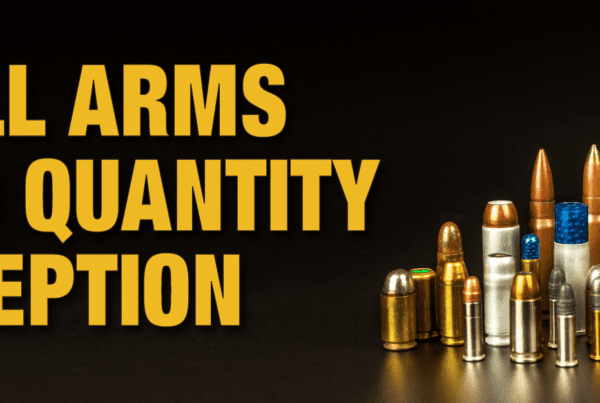New proposal to increase aircraft cargo security
Transport Canada has, in an effort to improve safety on passenger aircraft, proposed additions to the Canadian Aviation Security Regulations under Part 4.85 of the Aeronautics Act to streamline screening of cargo for “threat items” (Canada Gazette Part I, November 1, 2014). Threat items include “any … good that could pose a threat to aviation security” in addition to explosives, incendiary devices and their components, when shipped as cargo without being documented on a waybill, shipper’s declaration, etc. Presumably dangerous goods would be prime candidates for threat items.
As well as the addition of “threat items” to the section 3 definitions, the new Part 11 on “Air Cargo” includes the proposed detailed provisions for the improved security programs in new sections 668 to 686.
These changes would provide for “known consignors” (shippers) &/or “certified agents” (cargo/warehouse/trucking third parties), to undertake formal security activities in screening or maintaining the chain of custody of cargo destined for transport on passenger aircraft. This would supplement the current program activities undertaken by the air carrier or regulated agent (approved participant).
Participation in the program by shippers (to facilitate efficient shipment) and agents (as a value-added service) will be voluntary, but those who choose to do so will be held to the stringent prescribed requirements under penalties that will range from $3000 to $5000 for individuals and $10000-$25000 for corporations.
By implementing this voluntary program as proposed, Transport Canada also hopes to reduce bottlenecks for the airlines while maintaining the security expected by our trading partners (who receive eighty percent of cargo departing from Canadian airports). The framework outlined in the draft regulation will give shippers authority to screen their own cargo under a supportable security protocol that can be carried forward by third party handlers en route to the air carrier. Transport Canada maintains that over 400 million kg, representing half of the annual air cargo, travels on passenger flights.
Those shippers or third party providers who choose to become Known Consignors or Certified Agents will be required to adhere to prescribed provisions in the following areas:
- Facility security (such as access control);
- Personnel security (including background checks, screening);
- Cargo chain of custody (for storing &/or transporting);
- Employee training (based on job function);
- Screening (or verification of prior screening/absence of opportunity for, or evidence of, subsequent tampering);
- Record keeping (to support/document elements 1-5 above).
The illustration and explanatory text below, from the Gazette notice, compare the current and proposed schemes:

“In the illustration above, the first scenario shows cargo that arrives at the air carrier in a state where the security of the cargo could not be verified. In this situation, the air carrier will screen the cargo before placing it on an aircraft. The second scenario shows that the regulated agent received cargo from a shipper that had not screened and secured the cargo, so the cargo could not be verified as secure. In this case, the regulated agent decided to screen and secure the cargo before forwarding it to the air carrier. On receipt of this cargo, the air carrier verifies the chain of custody and, if satisfied, places the cargo on the aircraft. If not satisfied, the air carrier re-screens the cargo as depicted in scenario 1. The third scenario shows the proposed amendments allowing the known consignor to screen and secure the cargo at the source before handing it over to the certified or regulated agent. On receipt of this cargo, the regulated agent would verify the chain of custody and, if satisfied, would forward the cargo to the air carrier. The air carrier would also verify the chain of custody before placing the cargo on the aircraft. At any step in the supply chain, if the chain of custody could not be verified, the cargo would have to be screened and secured before the air carrier would place it on an aircraft.”
The full proposal, open for comments for 60 days from publication, is available at:
http://www.gazette.gc.ca/rp-pr/p1/2014/2014-11-01/html/reg1-eng.php
ICC Compliance Center’s IATA-DGR training is an excellent complement to a security training program to help ensure documentation requirements are met.






 ICC USA
ICC USA ICC Canada
ICC Canada